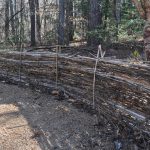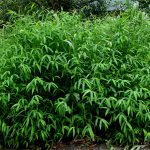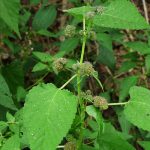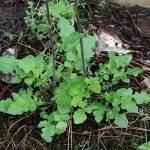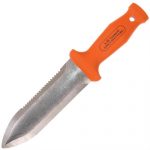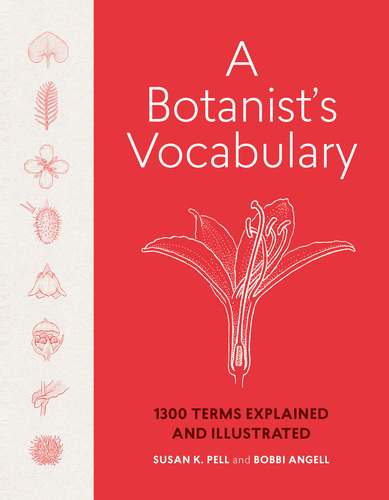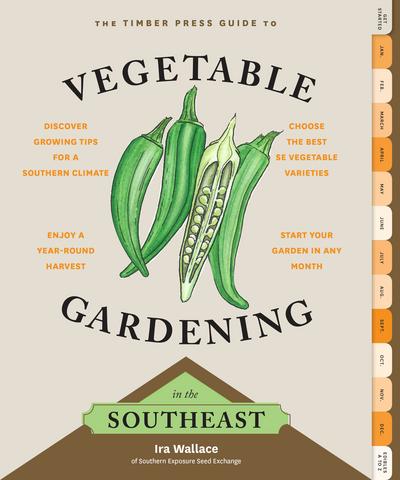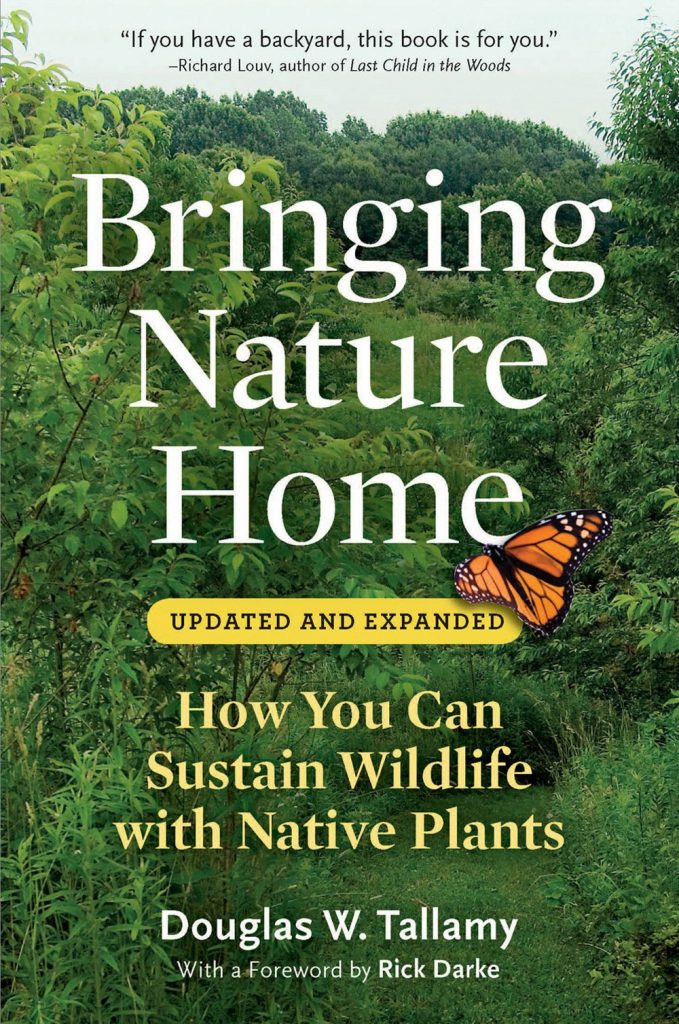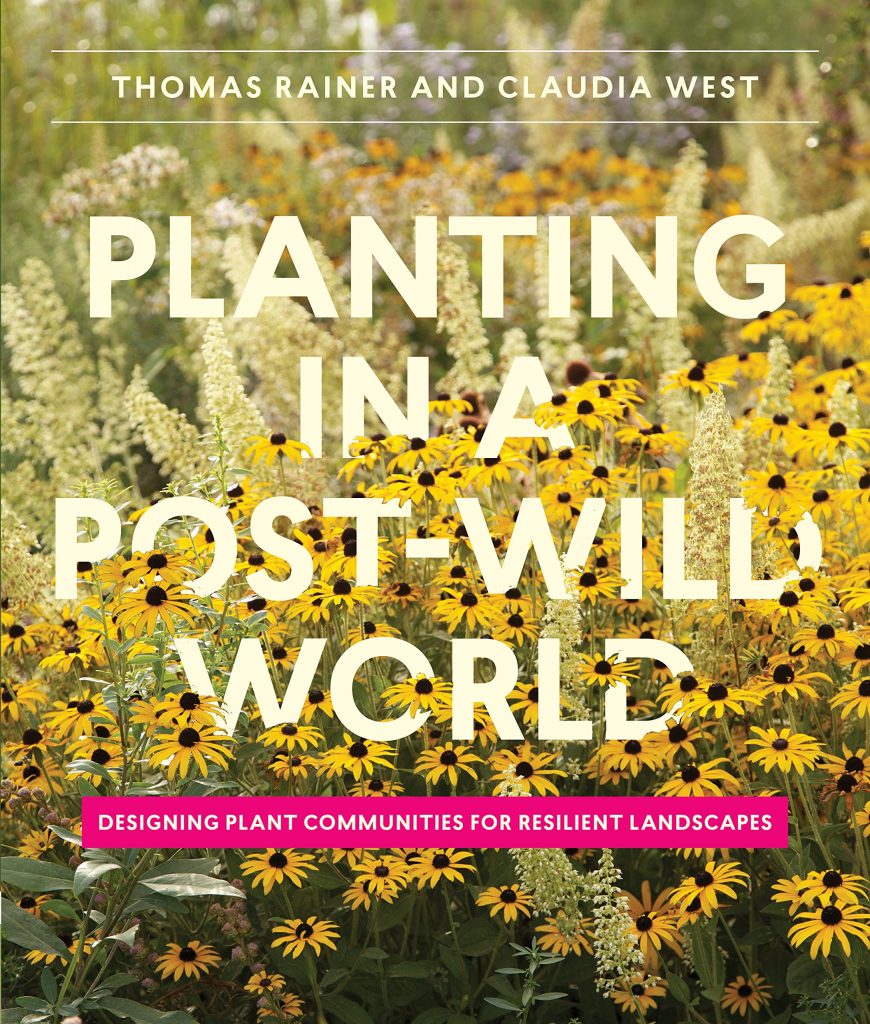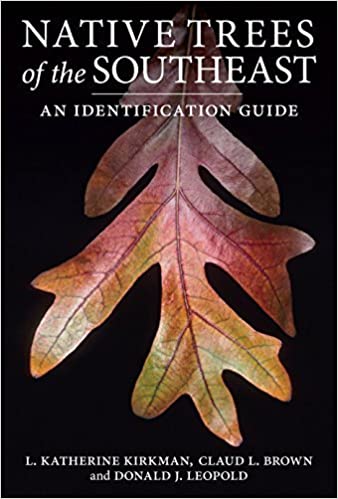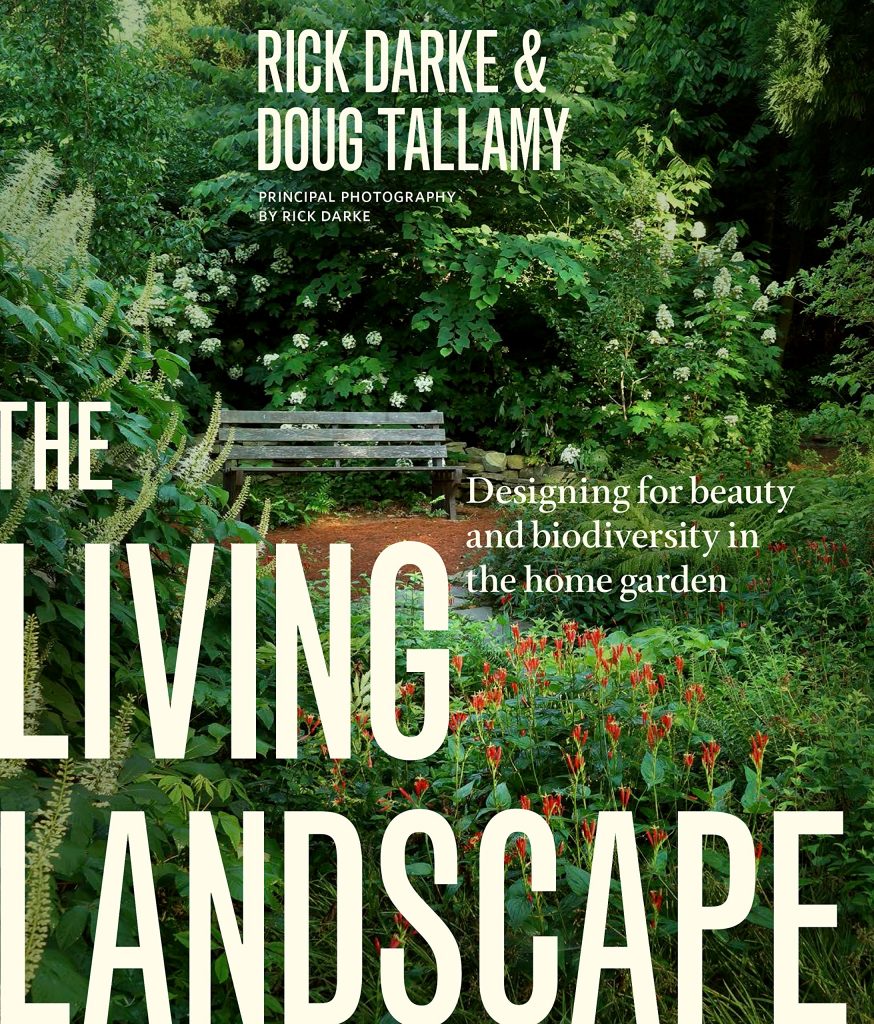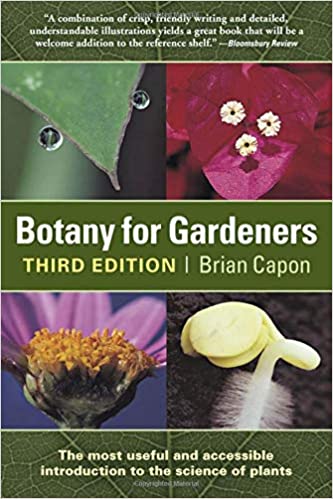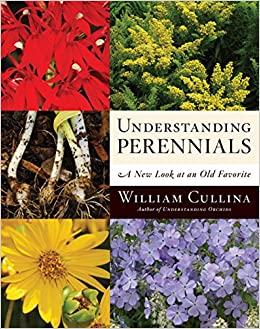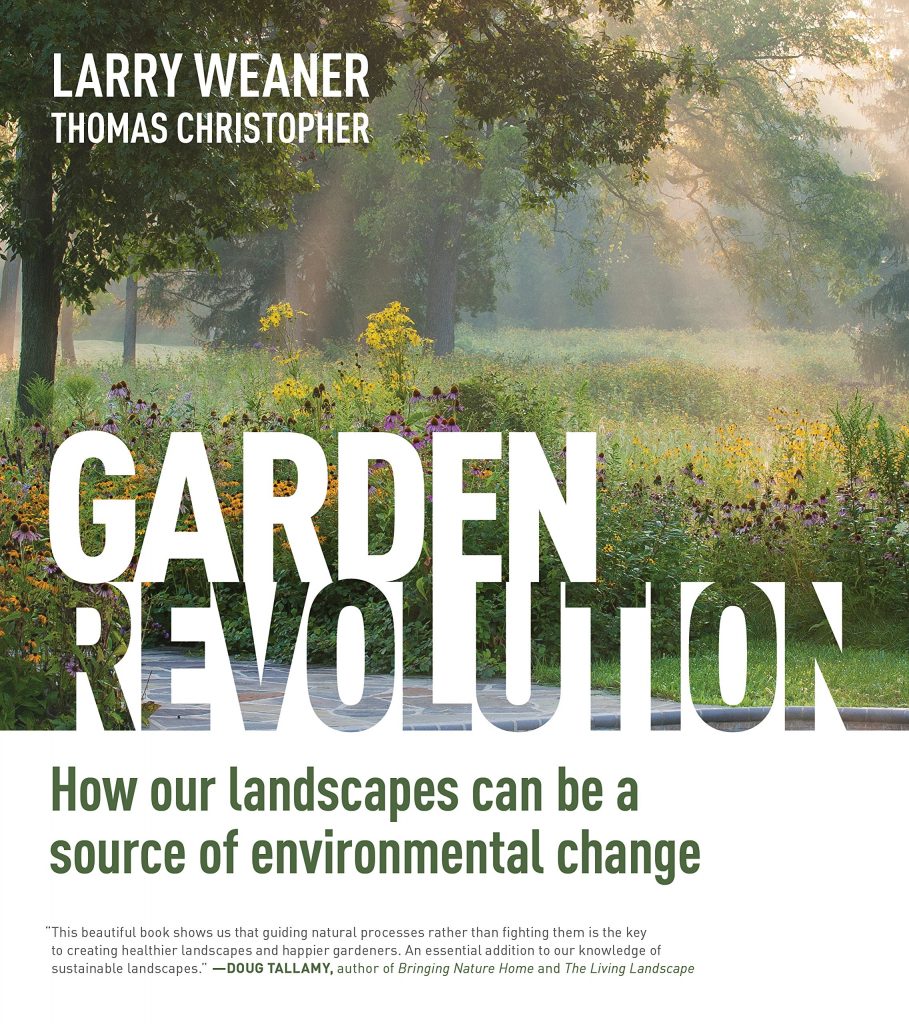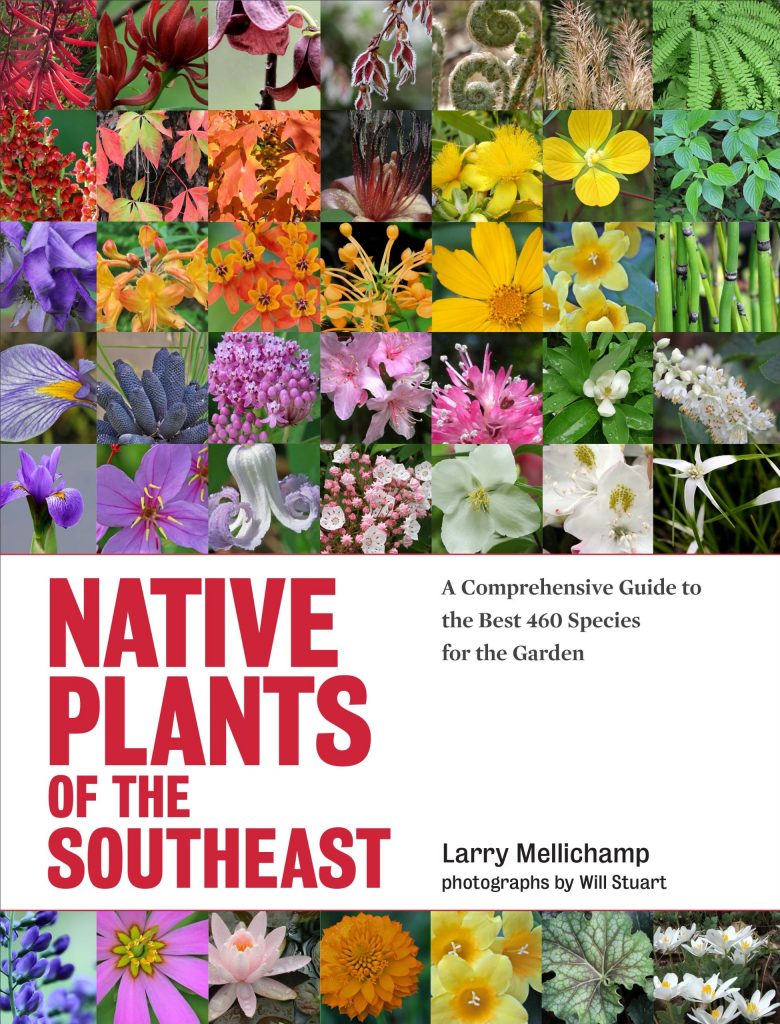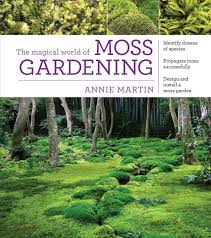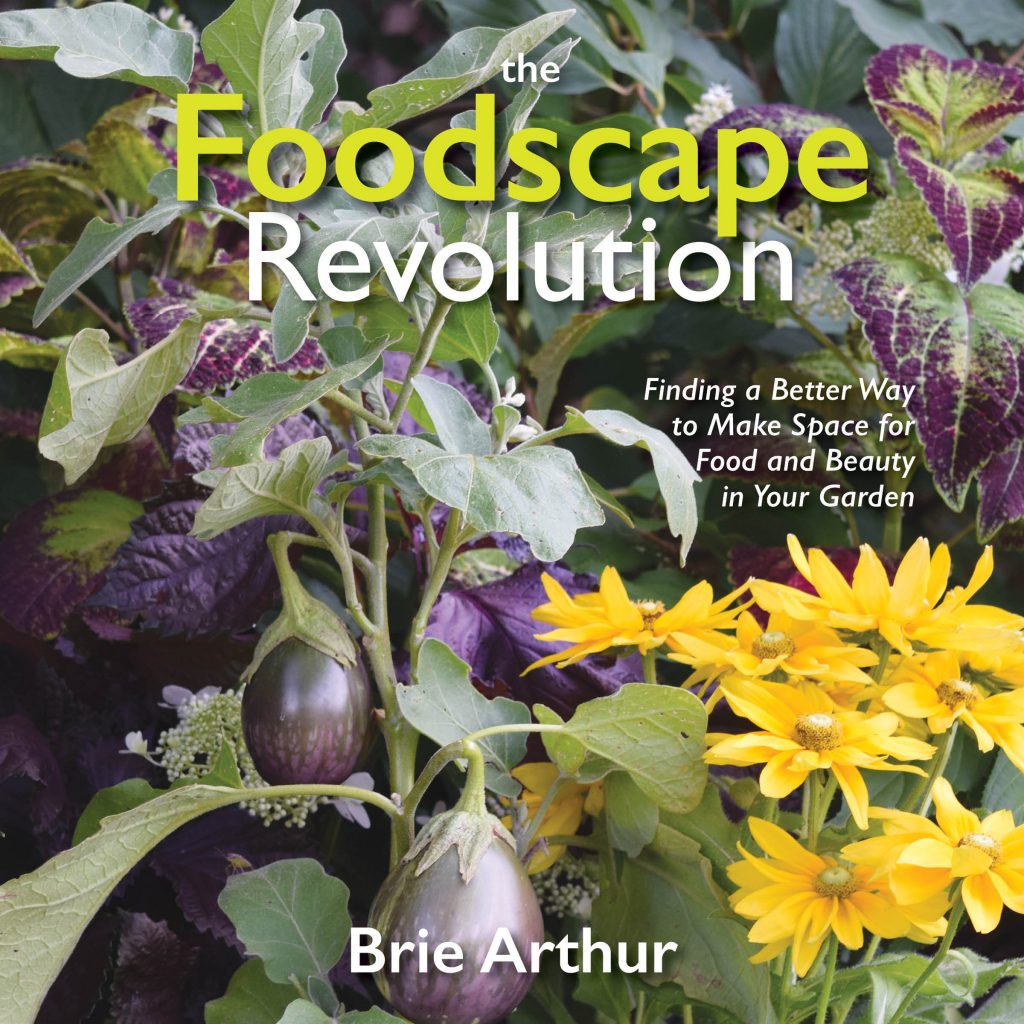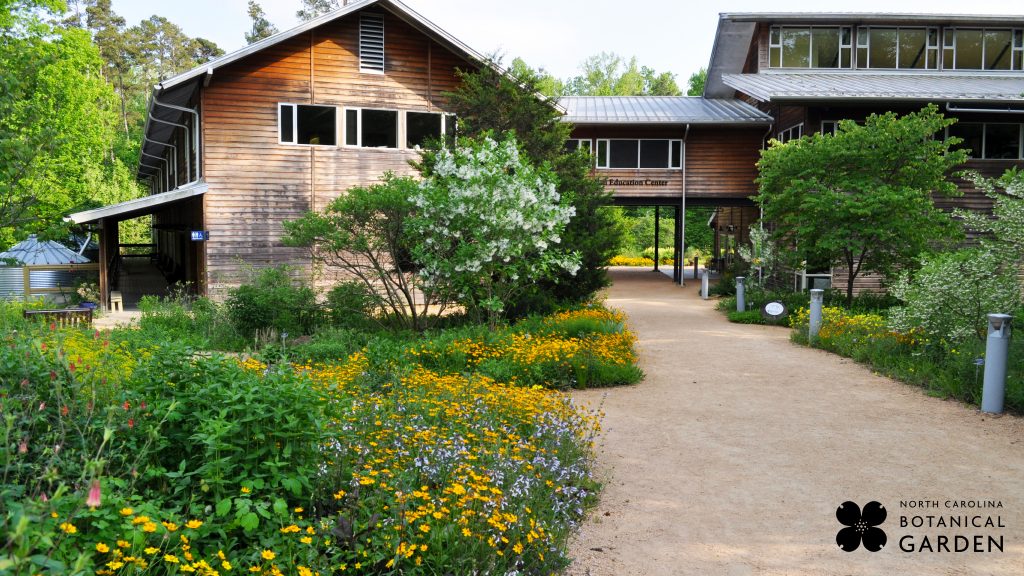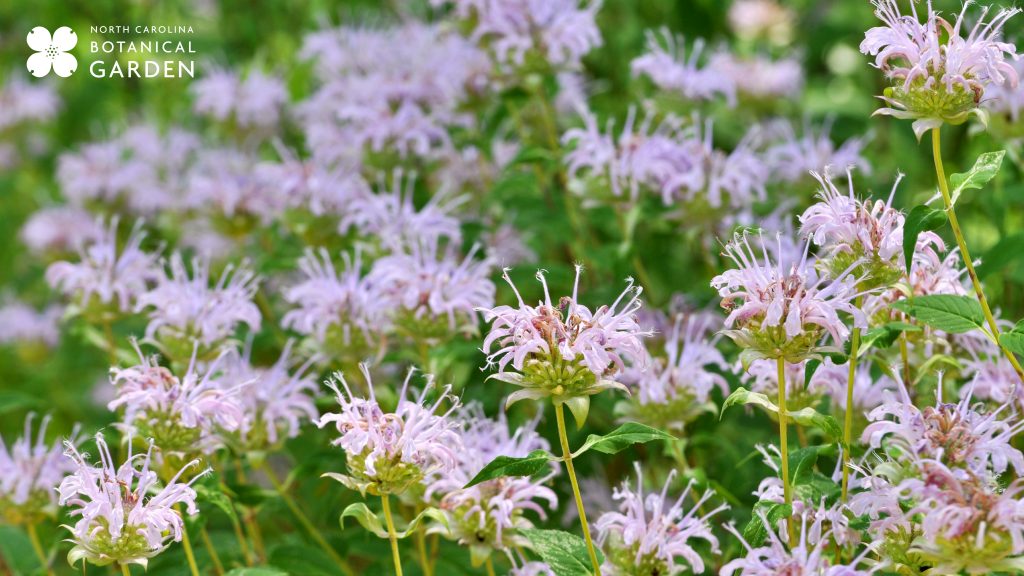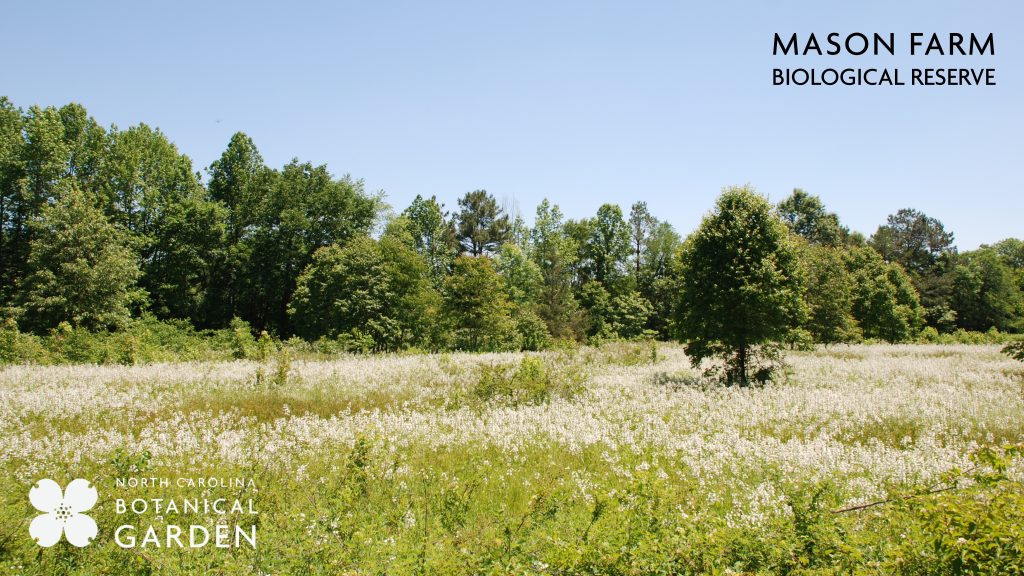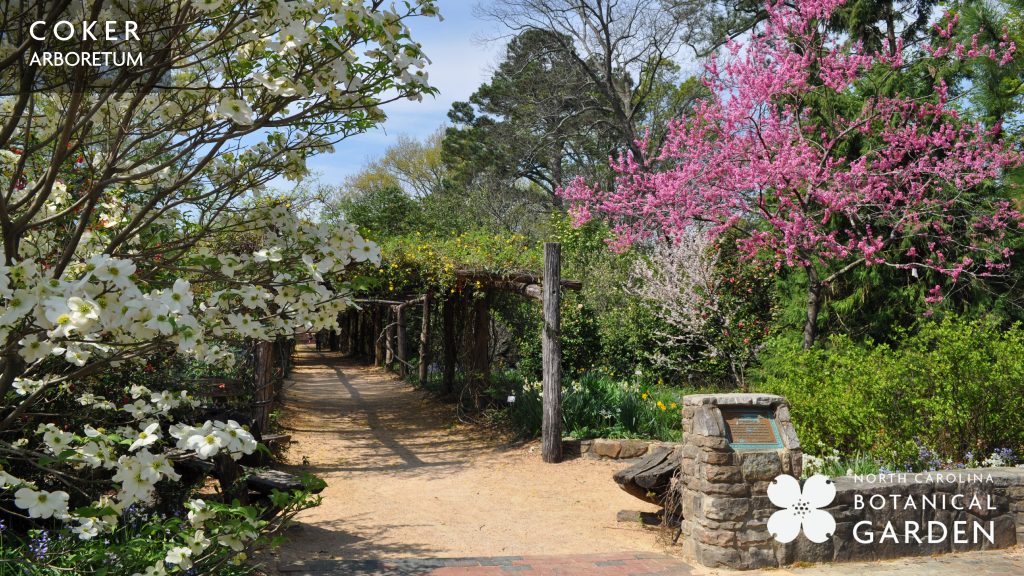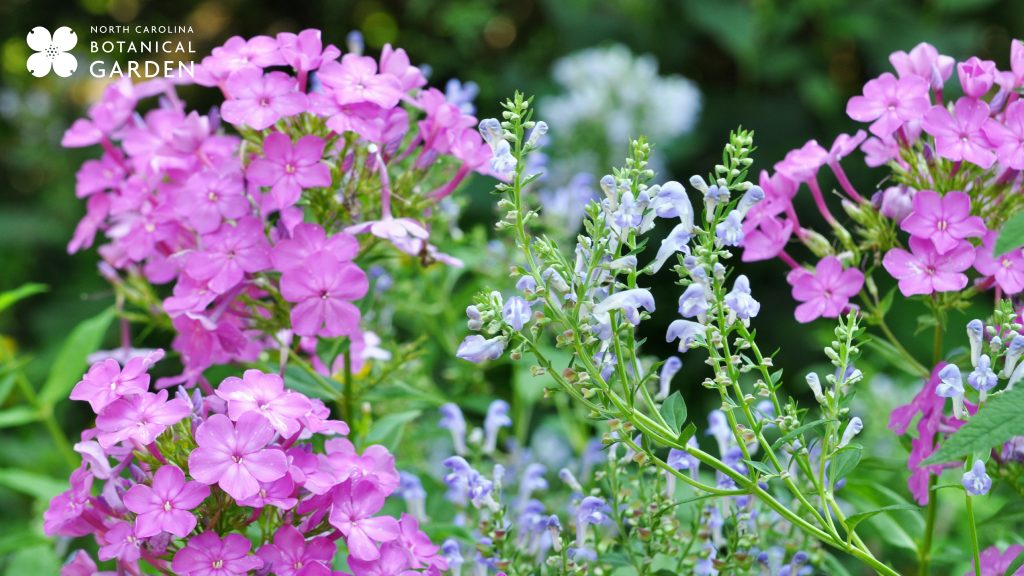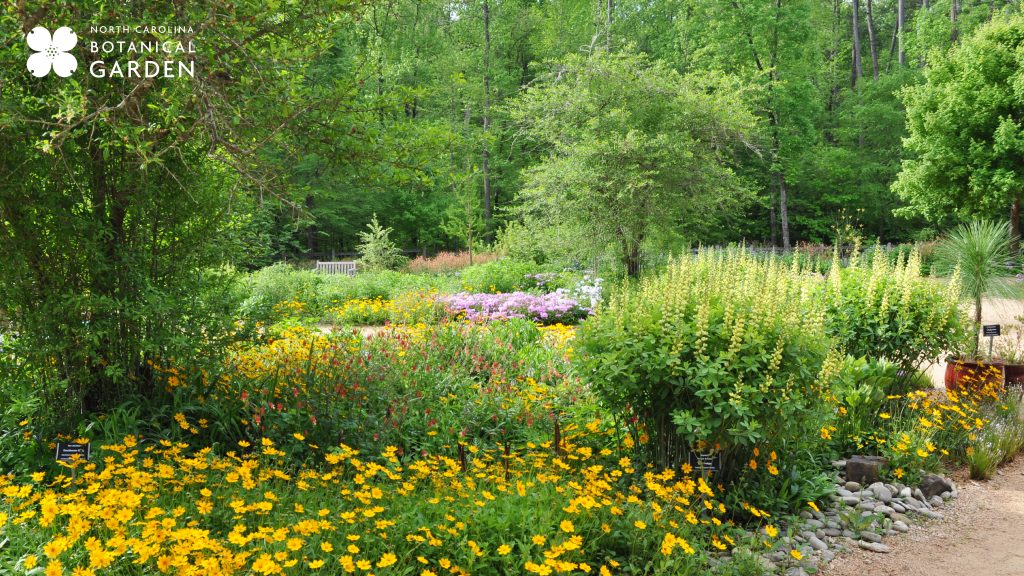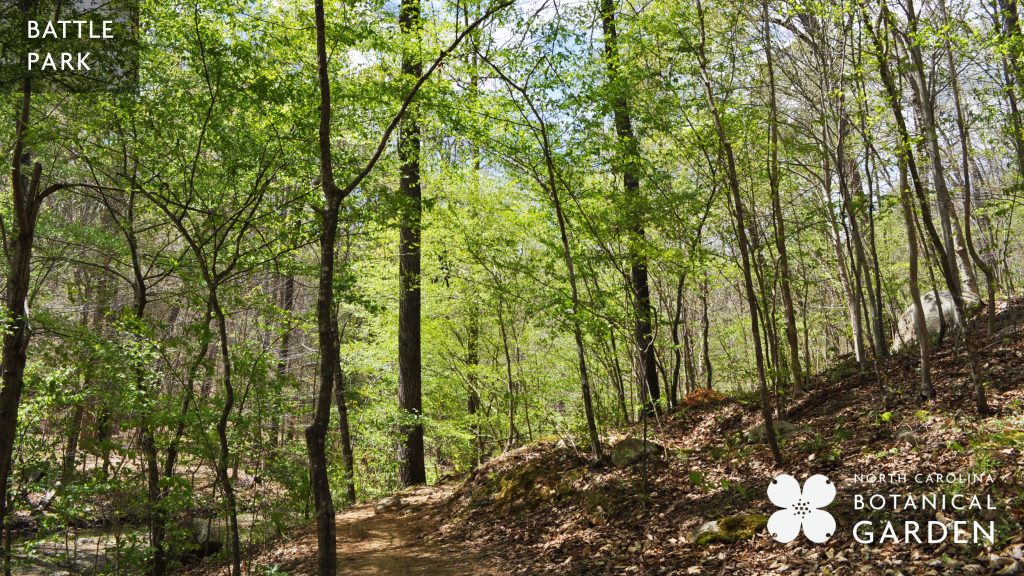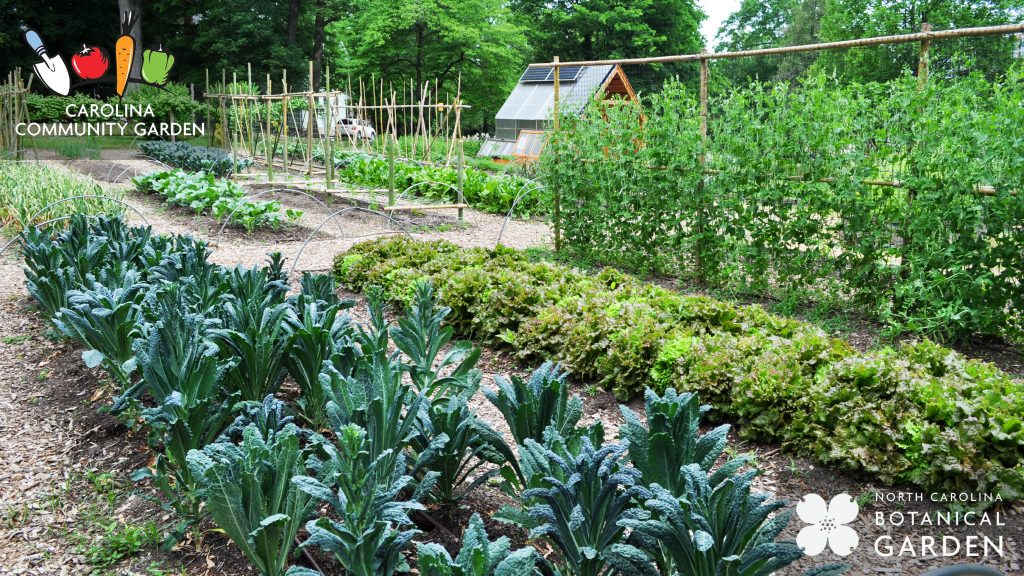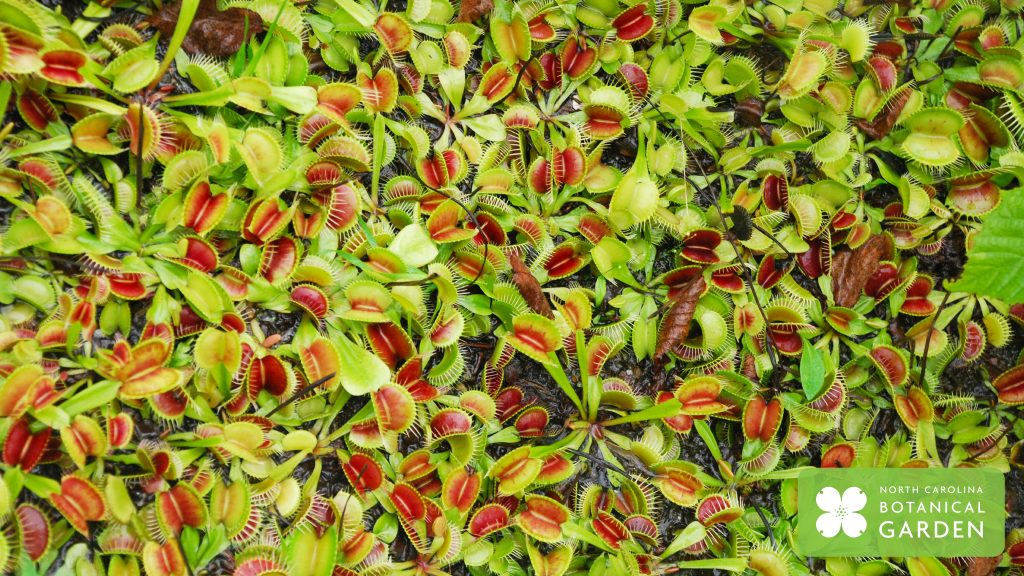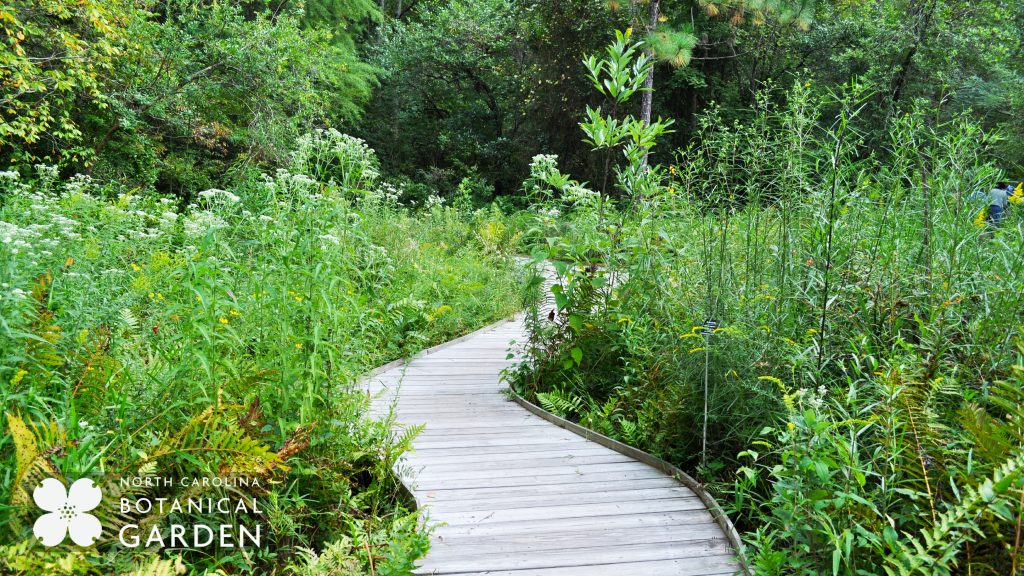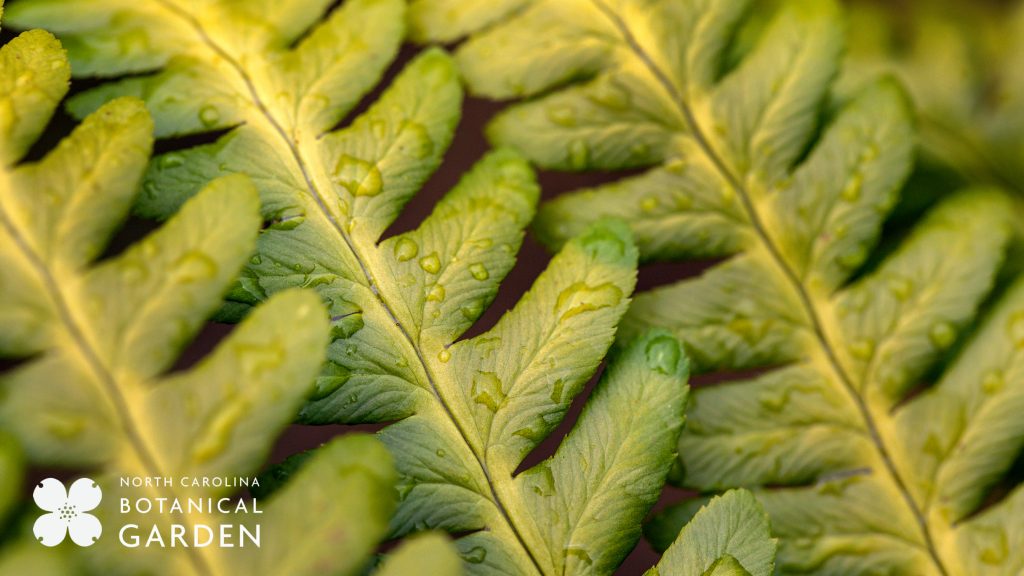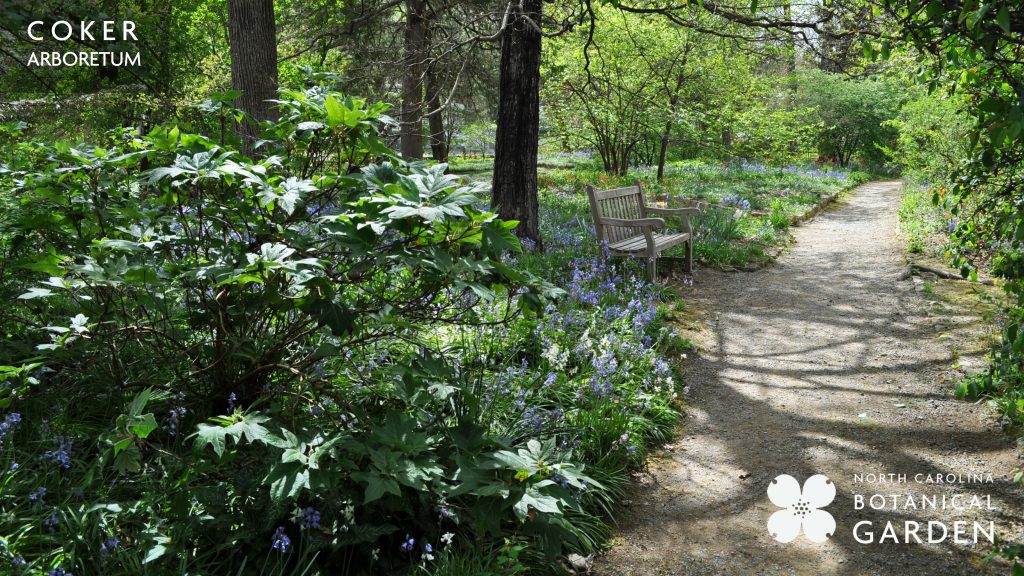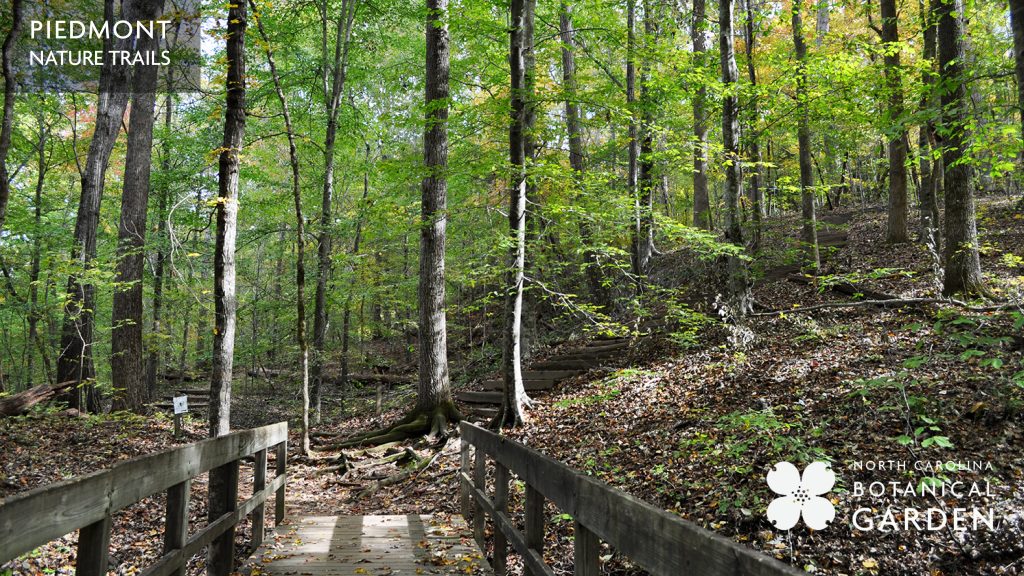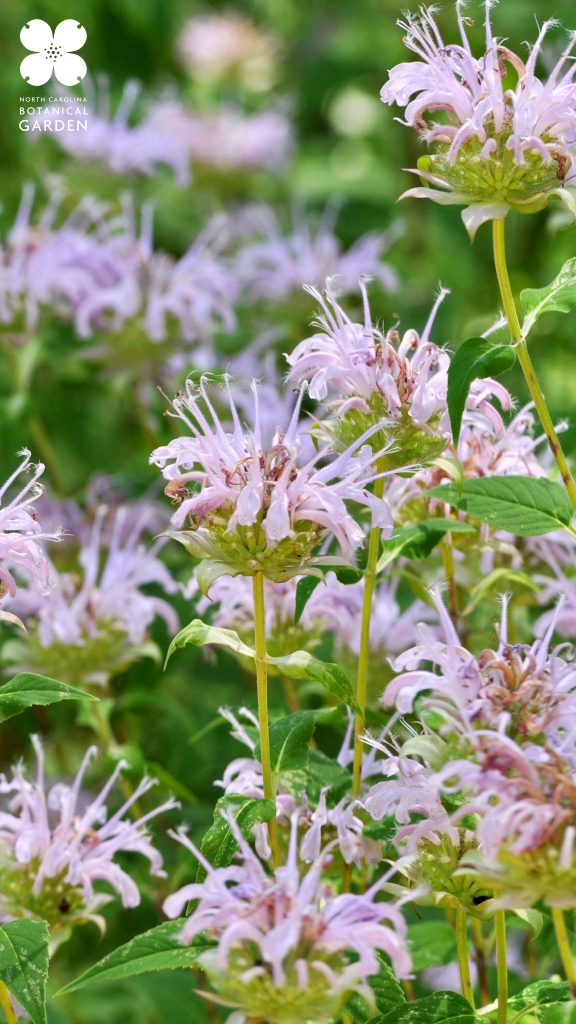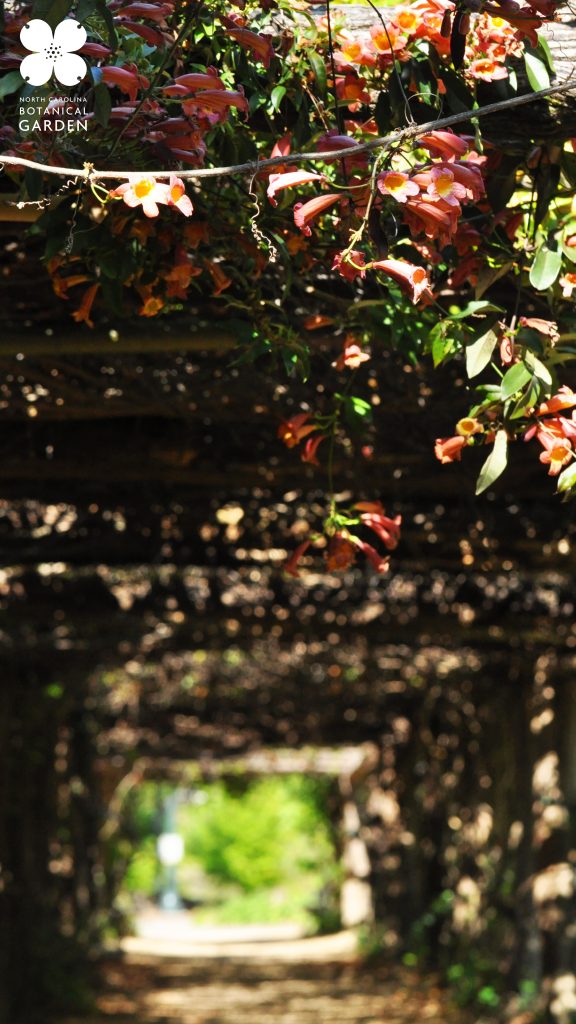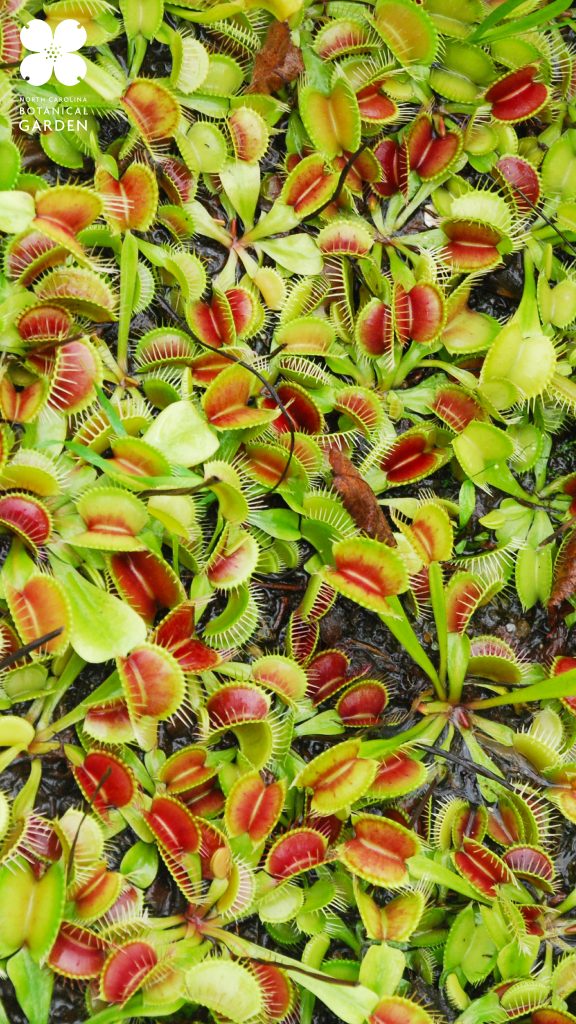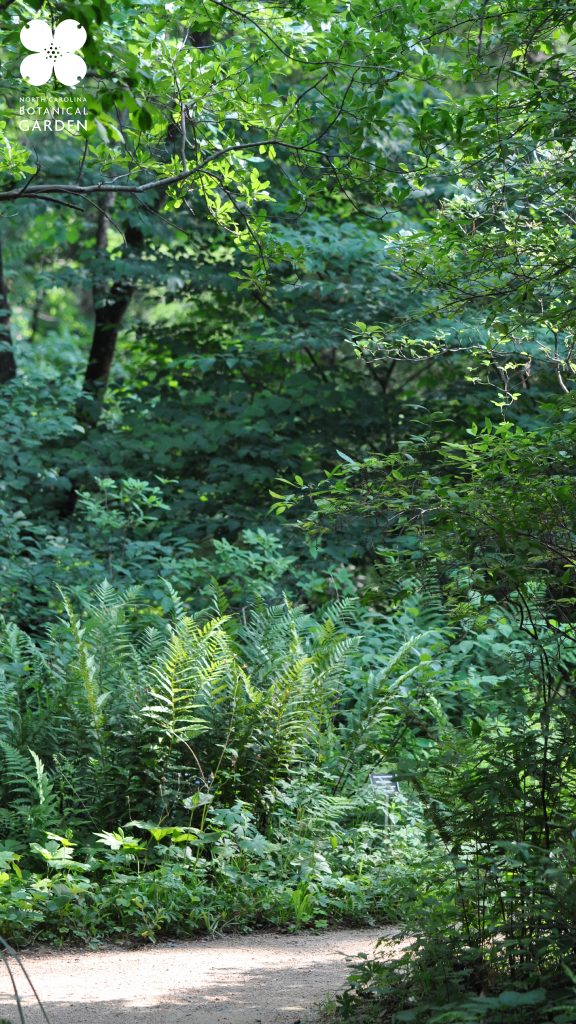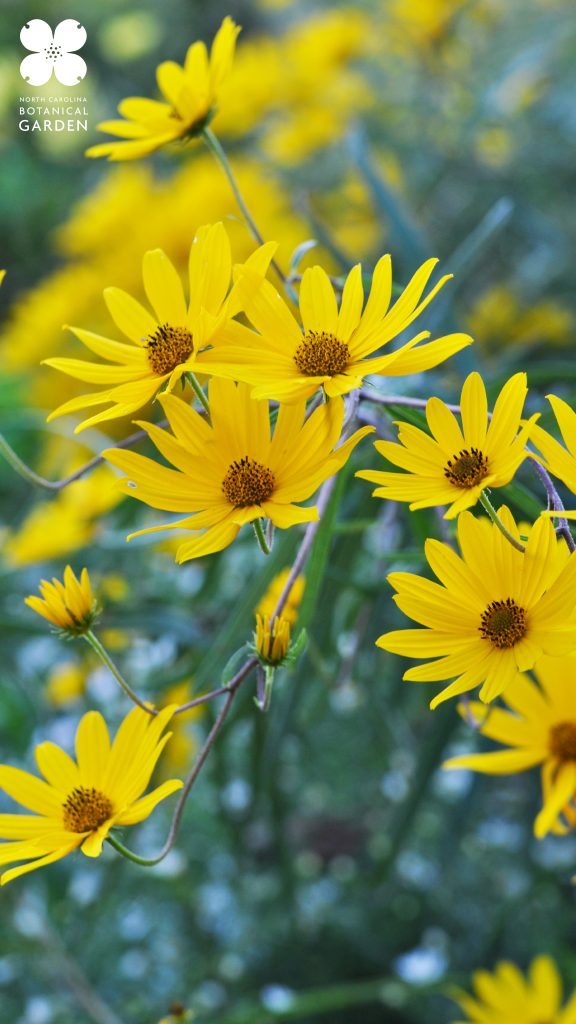Many of us have been asked to work from home and limit our exposure to others.
It’s a wonderful time to enjoy the great outdoors, whether at one of our nature preserves or right outside your door. We’ve compiled a list of activities to help you get your Vitamin N (nature), even if you’re stuck at home.
Things to Do in Your Garden
Updated October 21
-
Fall is for planting. The cooler weather makes it easier for perennials and woody plants to get established so take advantage and get to planting! Check out our online plant sale to get started.
-
Last chance to get rid of stilt grass (Microsteguim viminieum) this year. It’s in seed now so it’s too late to spray or mow but there’s still time to hand weed. Other baddies to watch out for are hairy crab weed (Fatoua villosa), which is still flowering and setting seed and oriental false hawks’ beard (Youngia japonica), which is present as a basal rosette of leaves but is still a ways away from blooming.
-
Consider leaving spent perennial stems in the garden to provide habitat for insects and support all kinds of biodiversity. That being said, it can be helpful to reduce the amounts of some vigorous seeders is you don’t want more of them next year. When I reluctantly cut back green headed coneflower (Rudbeckia laciniata) or ironweeds (Vernonia spp.), I save the stems to construct brush piles or woven fences to preserve all that good habitat and organic matter.
-
Make good use of your leaves! Let them remain where they’ve fallen to maximize their benefit as habitat for caterpillars and other insects, use them as mulch, either chopped up with a lawnmower or left entire, or turn them into compost and use them to enrich your garden once they’ve broken down.
-
A couple of our favorite tools are a soil knife like this one for weeding and planting and needle nosed pliers to pull up unwanted woody seedlings.
-
It won’t be long before we’re thinking about pulling winter annuals again. Wildflowers of the Atlantic Southeast is not just for identifying native wildflowers, it’s also a great resource for garden weeds!
Dig Deeper
What are the best native plants for pollinators? How do I get rid of the English ivy taking over my yard? What's that little purple flower I keep seeing everywhere?
We have plant lists, booklets, and a question form to get all your toughest native plant gardening questions. Check them out!
Citizen Science
Not Stuck Inside:
Kids Edition
Check out our Podcast
What We're Reading
Zoom Backgrounds
Download a Background
On a computer: Click to enlarge an image; right click and “Save As” to download it.
On a mobile device: Press to enlarge an image; press and hold to save it.
Upload to Zoom
In Zoom, go to Preferences > Virtual Background. Click on the “+” icon to the right of “Choose Virtual Background.” If the image appears backwards, your Zoom view is mirrored – but it looks correct for everyone else! If you’d like to reorient it for yourself, too, go to Preferences > Video and uncheck “Mirror My Video.”
Laptop and Desktop Backgrounds
Mobile Backgrounds
These also work as mobile wallpapers!
